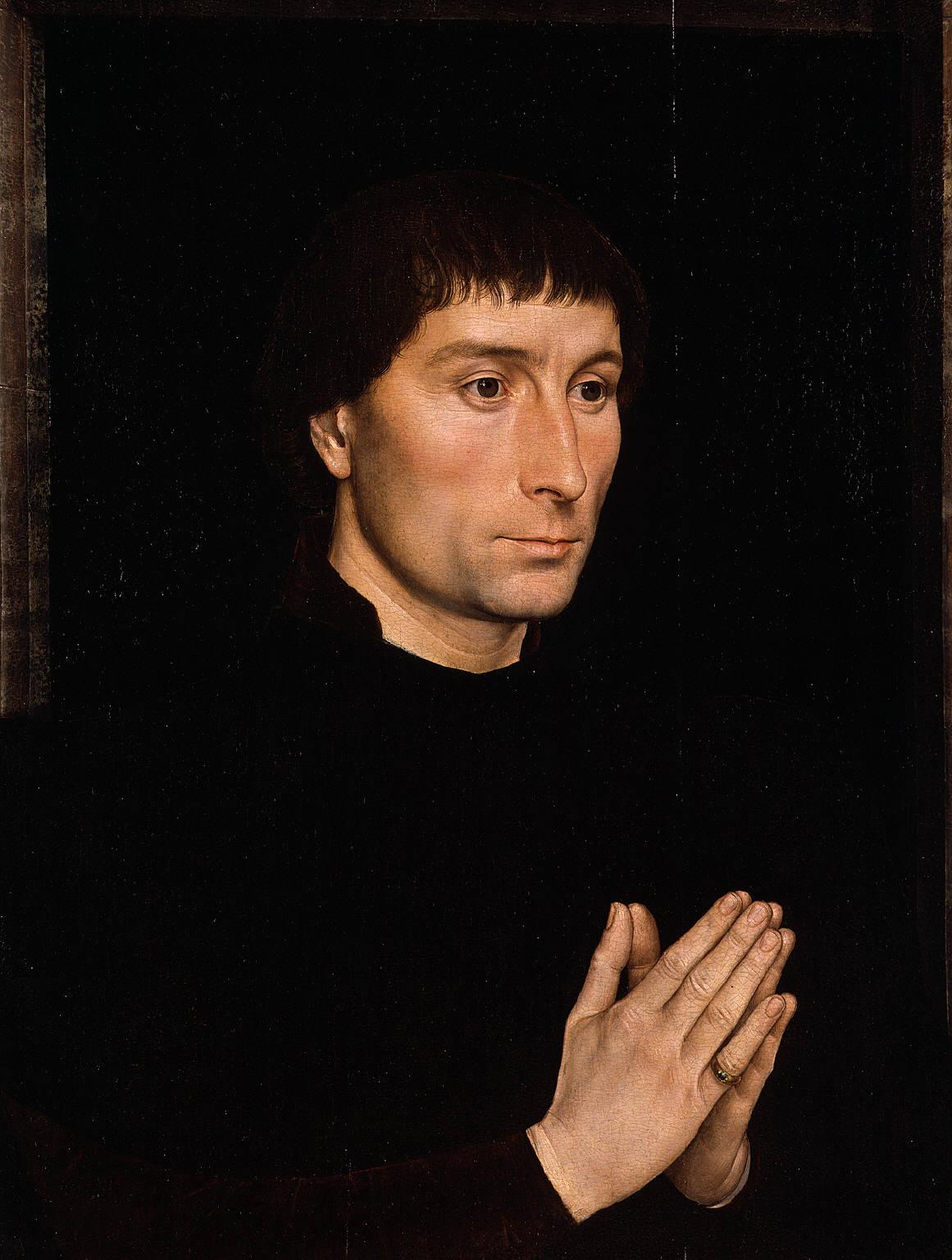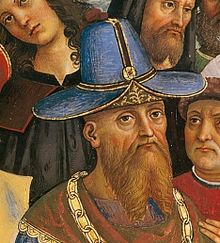Continuing on from my previous posts on Benozzo Gozzoli's masterpiece "The Journey of the Magi". This time, I would like to focus on the gaggle of Italians to the far right of the procession...
The Italians
Ahead of the old king’s retinue, the crowd of onlookers is made up of Medici Bank managers including Diotisalvi Neroni, Luca Pitti, Bernardo Giugni, Roberto Martelli, Francesco Sassetti and Agnaldo Tani. Although these men had already been key lieutenants of Cosimo de Medici over the years, several would turn on his son Piero once the family patriarch was dead. In 1466, Neroni and Pitti plotted a coup with Angelo Acciajuoli (of the famous Florentine-Athenian family) against Piero. It failed, and the plotters were forced into exile.
Diotisalvi Neroni
Shorn of capable hands, the fortunes of the Medici bank began to turn downward. Francesco Sassetti became more influential and appears to have taken less care in monitoring the branch managers of the bank. In particular, the Bruge branch manager, Tommaso Portinari, was an accident waiting to happen.
Tommaso Portarini
Cosimo had never trusted him and prevented his rise above assistant manager but when his influence was removed, Sassetti promoted Portinari to general manager and later removed the ban on lending to secular offices – a sequence of events which led to the reckless lending of vast sums to the Charles the Bold of Burgundy. Too bold, Charles overplayed his hand and died in the snow outside Nancy in 1477, sending a huge bad debt onto the Medici account books that forced the Bruge branch to be dissolved and began a slow collapse of the Medici bank under Lorenzo’s profligate stewardship.
Down in the bottom corner of this gaggle of Italian bankers is Cyriaco of Ancona, known as the father of archaeology.
Down in the bottom corner of this gaggle of Italian bankers is Cyriaco of Ancona, known as the father of archaeology.
The young scion of an Ancona trading family, Cyriaco became fascinated by the ruins of antiquity he saw as he toured the Eastern Mediterranean exporting mastic gum from Chios. He was blessed with the most fascinating of lives - He knew absolutely everybody: He went hunting with King James of Cyprus, attended the Council of Florence where he met Sigismund Malatesta, Plethon, Emperor John, Cosimo de'Medici, Filelfo, and just about everyone else. Having consulted for the Turks during the 1422 siege of Constantinople had gained a pass from Sultan Murad to travel anywhere in his dominions "without vexation, taxation or any other injury." He corresponded with Emperor John VIII, stayed with Constantine Palaiologos in Mystra and went to the races with him there. He discussed history and philosophy with Plethon and the Union of the Churches and crusading with Pope Eugenius IV. When the Holy Roman Emperor, Sigismund, visited Rome he took Cyriaco as his tour guide among the ruins. In Florence, Brunelleschi explained to him his dome as it began to take shape and define the city skyline. The Marquis of d'Este invited him to Ferrara to see his newly-acquired "Entombment of Christ" by Rogier van der Weyden. He travelled with Memnon Tocco, bastard son of the Duke of Kephalonia, all over Anatolia and Thrace to spy on the Turk defences, and then all over the Morea to seek out antiquities. He sketched the column of Justinian in Constantinople – perhaps the last surviving record of that great marvel before it was toppled by the conquerors. He received Venetian citizenship in 1454 aged 62 – which is about the last record of his incredible life. He died peacefully in Cremona, probably in 1455.




































